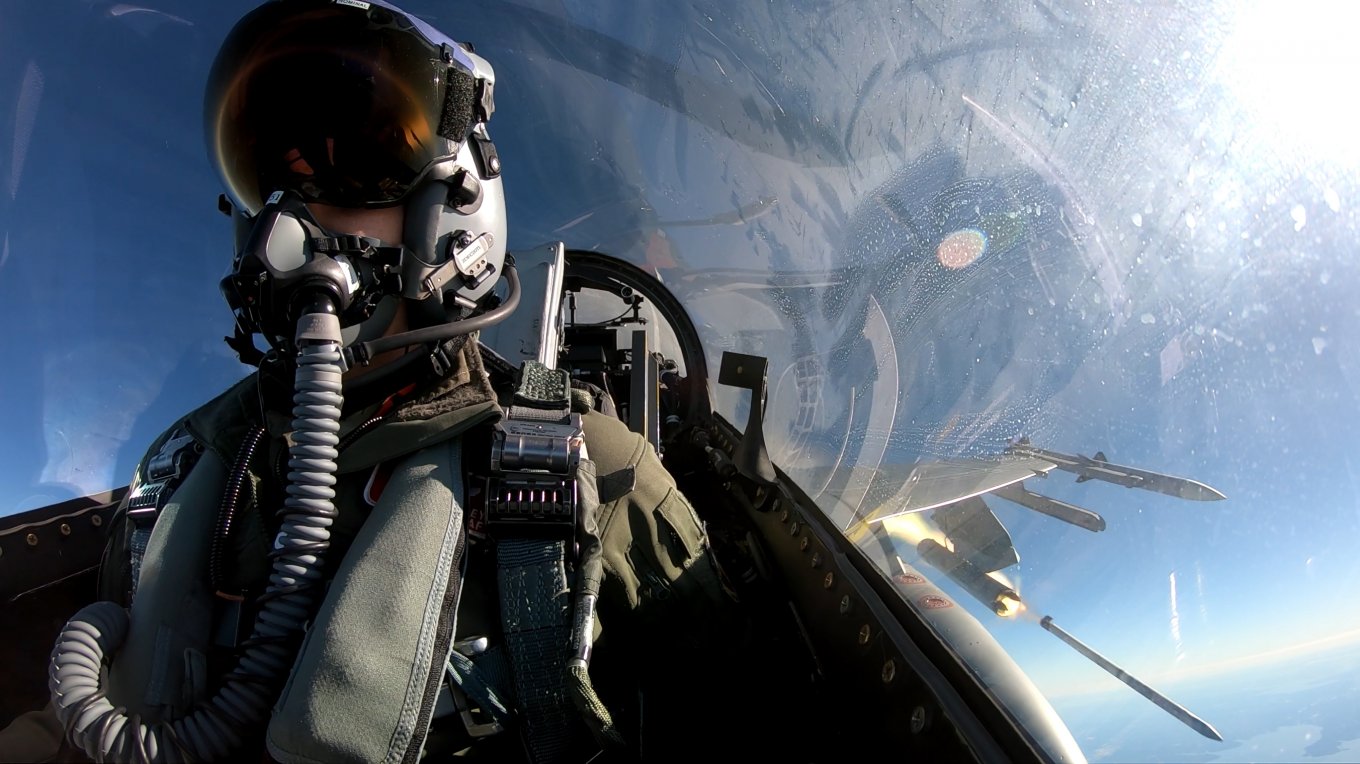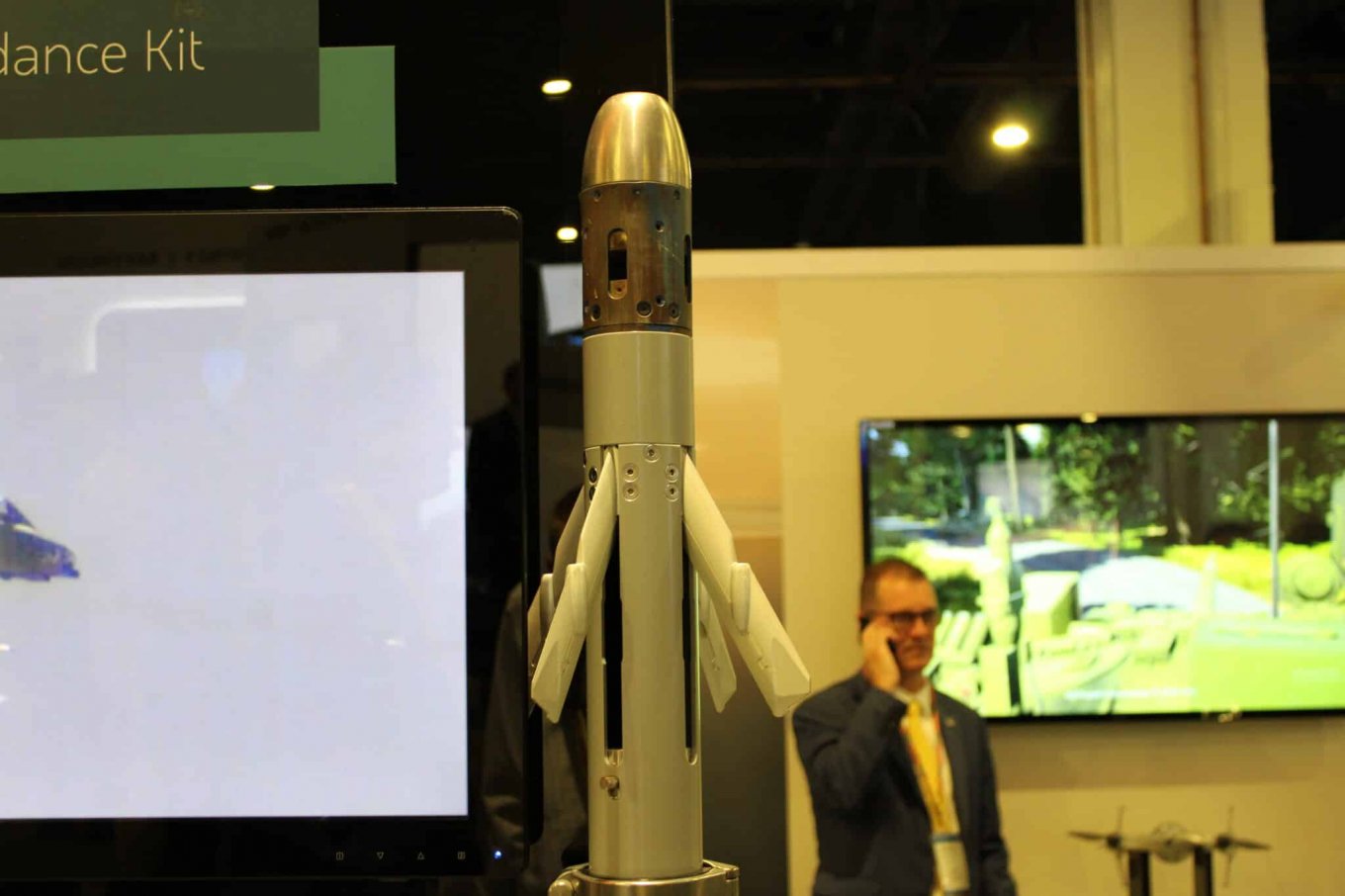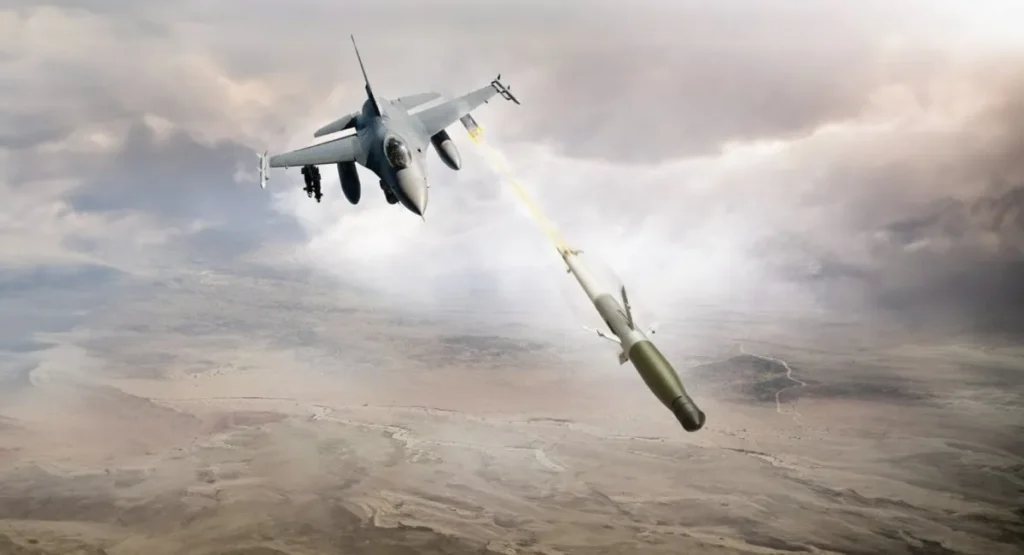The APKWS missile, which at a low price demonstrates high efficiency against Shahed-type drones and can shoot down cruise missiles, is being updated as part of the mysterious FALCO program – Fixed Wing, Air Launched, Counter-Unmanned Aircraft Systems Ordnance. Its details remained undisclosed for a long time, although it is clear that it is aimed at expanding the ability to destroy UAVs.
But in the British BAE Systems, during the Sea Air Space 2025 conference, they slightly dispersed the mystery around the APKWS update and said that they had to make updates to the software of the fire control system and target tracking.

“When you switch to air-to-air mode, it’s about the same missile, except that now atmospheric effects come into play when firing. FALCO changes the way the APKWS system sees targets and ensures that you are tracking the UAV, not the cloud,” said Dave Smilek, director of the company’s high-precision systems direction in an interview Naval News.
And such an update has already been tested in the sky over the Red Sea, when Yemeni Houthi drones were shot down. In particular, at the end of March this year, the US Central Command (CENTCOM) released the first video of shooting down a drone using APKWS missiles with the modernization of FALCO.
And on the part of News Hub, we remind you that APKWS uses semi-active guidance on a reflected laser beam. To do this, the aircraft illuminates the target using a suspended container of the Litening type, in which automatic tracking of the target is implemented. And of course, there is the issue of cloudiness and the possibility of tracking a moving air target that can maneuver in such conditions.
At the same time, the use of only semi-active laser guidance has already been recognized as insufficient. This is evidenced by the second stage of the FALCO program for the modernization of the APKWS rocket. She should get another infrared homing head. The plan to create such a dual version of APKWS became known at the end of January this year, and now BAE Systems has demonstrated its layout.

The goal of integrating the new homing head is to reduce the amount of time it takes to hit targets. During laser guidance, it is necessary to illuminate the target until it is destroyed, that is, it is possible to attack only one target at a time. But the use of infrared guidance is the implementation of the “shoot-and-forget” principle, and in the same time it is possible to shoot down more targets, which is extremely important when repelling a massive attack.
As you can see in the photo, the IR seeker is located in the nose, which means a complication of the design and the need to replace the warhead, while reducing it. Because in the past, all the elegance of the APKWS was that it was possible to take an old warhead and a solid fuel engine and combine them with a high-precision guidance and control unit installed between them.

How much the additional infrared homing head will raise the cost of APKWS is unknown. But the benefit from using 70-mm missiles to destroy air targets is still significant. Because APKWS, in theory, can allow a simulated F-16 to shoot down up to 28 drones or cruise missiles in one sortie or even more.

